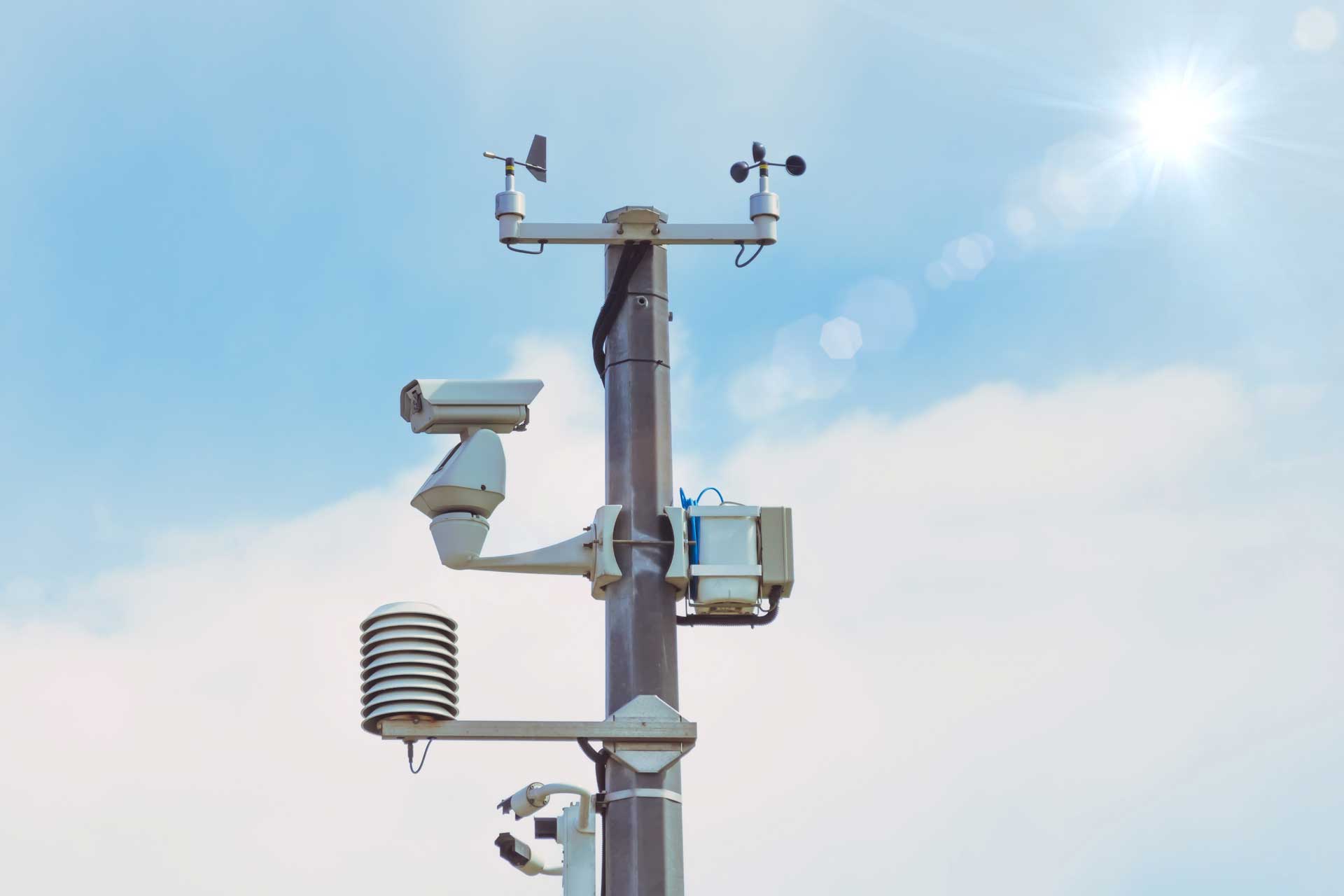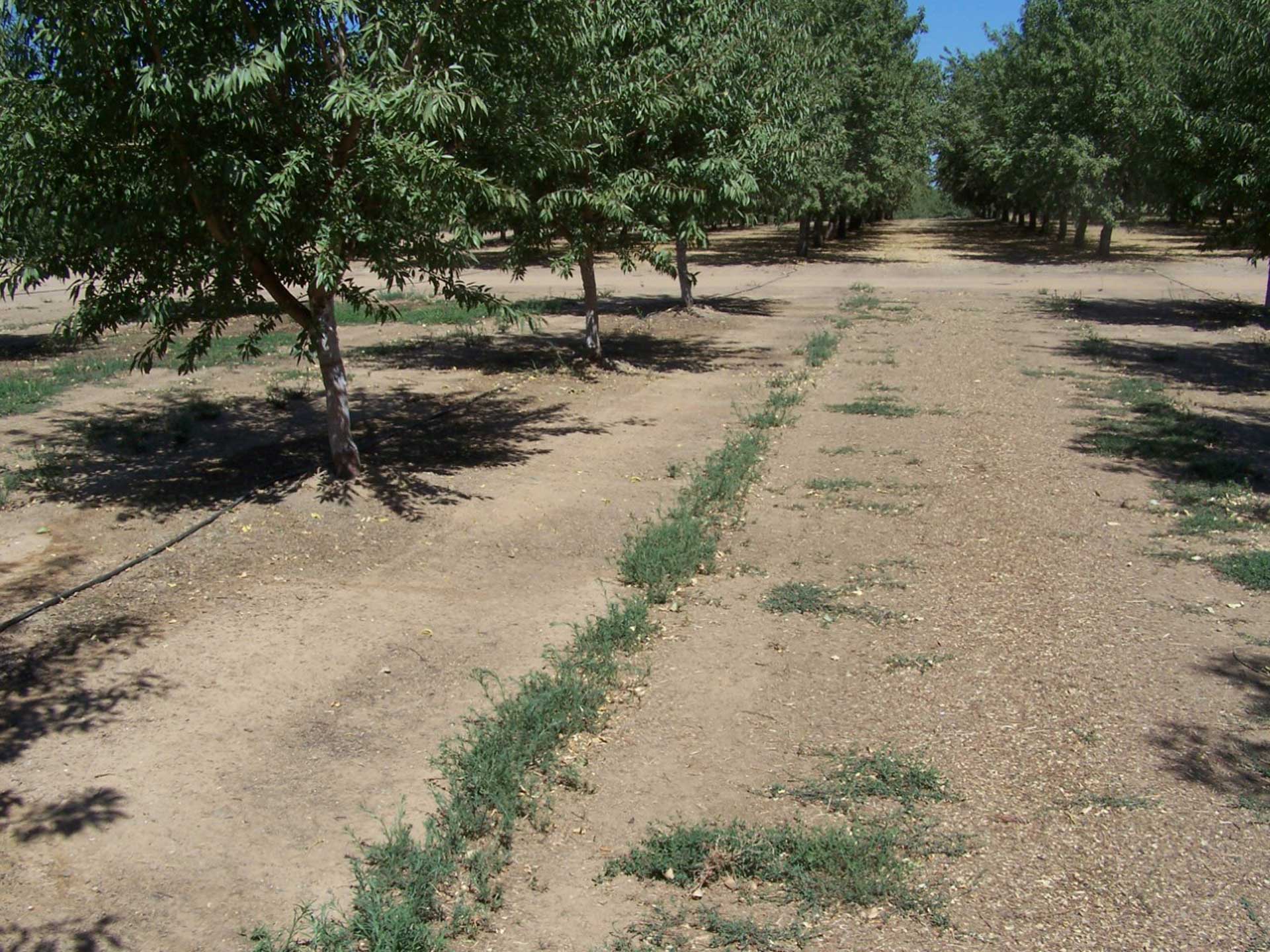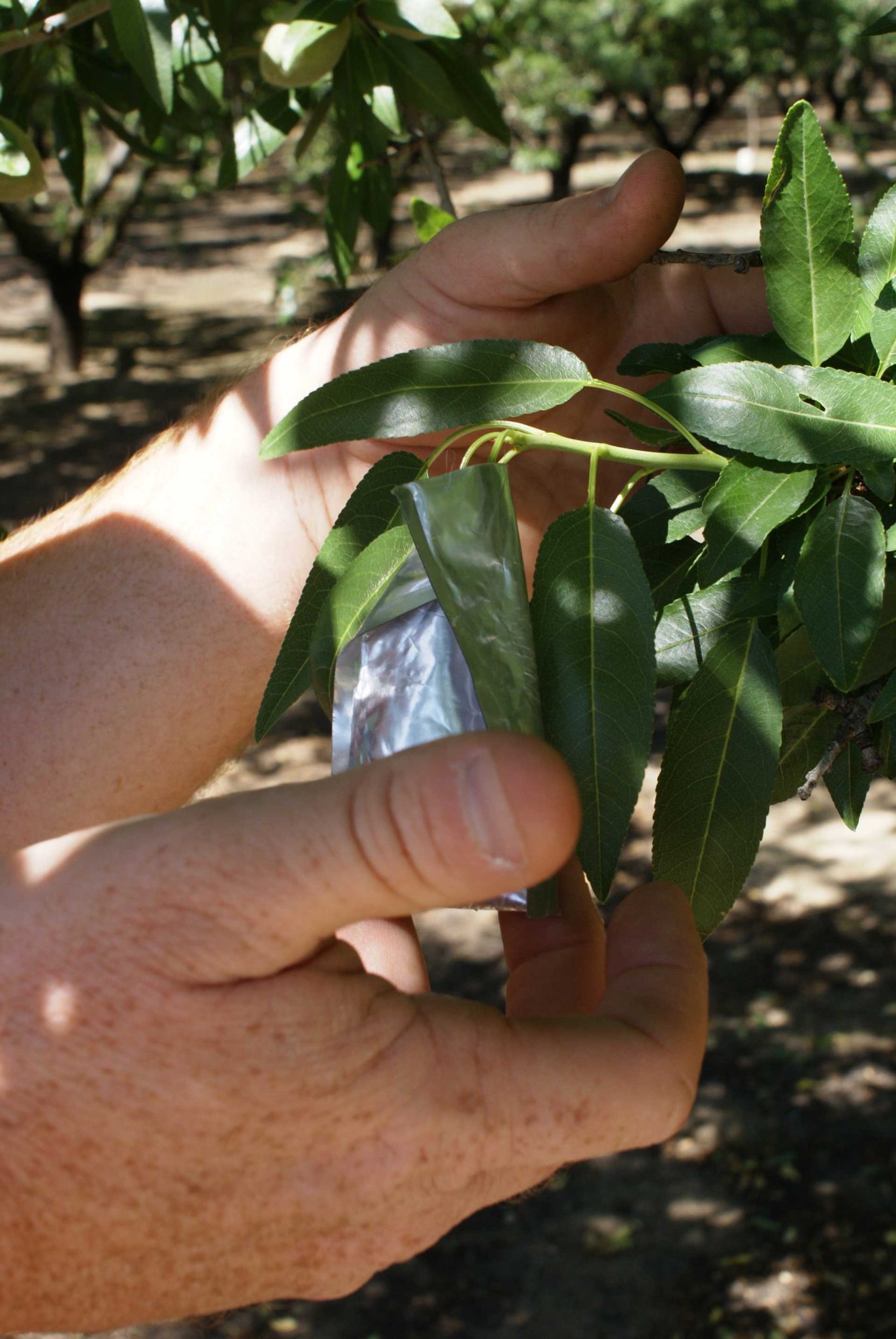
Automation and control of irrigation can be achieved with new technology, Pat Biddy of Vanguard reported at the 2021 Almond Conference. Many growers have incorporated at least some form of these tools that can help them increase irrigation efficiency and help them with labor savings, irrigation at off-peak, and accuracy in nutrient applications.
Biddy was one of several panelists at the conference’s precision agriculture technology session who shared insights on advantages for growers and the agriculture industry adopting new technologies.
He also noted some of the issues with precision technology that result in inaccurate information. Poor calibration, improper maintenance, and lack of training for field staff, infield verification and feedback sensors can result in inaccuracies, Biddy said.
Adding a practical viewpoint for growers, Biddy included ‘in-field information’ on installation and use of precision tools to ensure their value.
Weather stations have been some of the most common technologies installed by tree nut growers. Weather stations can monitor field variables, including frost conditions, wind speed and direction, growing degree days, IPM and disease models and rain accumulation.
Common mistakes in use of weather stations that can affect their usefulness are installing infield above tree canopy, installing on concrete or dirt, installing next to running pump equipment, not being level and wind sensors pointed in the wrong direction.
Automated sensors
Biddy said that automated plant sensors are becoming more common and some are well researched and have guidelines. Plant-based sensors can identify plant stress, measure fruit growth, watch nutrient flow in sap and can have localized NDVI and stomatal conductance. Issues with their use include installation in the wrong part of the plant, fruit sensors placed on damaged or non-average fruit, having incorrect irrigation model and lack of regular maintenance or replacement.
The manual pressure bomb for determining plant stress has been well researched and has documented guidelines for crop type.
Automated soil sensors can help growers identify plant stress, establish desired root zone, monitor soil temperature and monitor fertilizer movement through the soil profile. They cannot, Biddy noted, provide good information if installed outside the root zone or wetted area, work properly if installed on the wrong soil type (e.g., a sand streak) and if one sensor is used to cover too many acres. Infield verification is also necessary. If using an automated sensor, he said use of a manual tool is important to verify.
“This is a big one; you have to verify.”
Irrigation technology includes a lot of ‘cool stuff,’ Biddy said, but verification is necessary, and growers need to know the questions to ask when considering purchase or use.
Remote sourced data can be used to monitor field variables, including NDVI (Normalized Difference Vegetative Index) soil water content, soil variability and consumptive water use. Delivered via satellite, drone or fixed-wing aircraft, the information can assist with management decisions.
Common issues with this technology include insufficient flights for comprehensive information, smoke or cloud cover on flight days, misinterpretation of data, comparing two separate fields or orchards and cover crop skewing data.

Getting Data Out of the Field
The most stable way to get data out of the field is cellular data transmission. Biddy said it can be upgraded as technology advances. It is reliable and California has excellent coverage. Cellular can be boosted and used with other communication types. Biddy said the majority of telemetry providers have a cellular option.
On the con side, cellular may not be upgradable with some telemetry providers and it may be expensive. You are also at the mercy of big cellular companies, Biddy added.
The next communication option is a radio system. These are used to cover more acres at a lower cost. They are normally installed as a hub and spoke or a mesh network. Biddy said the hardware cost is less than cellular and there is a low to no annual subscription. The radio system can be used with other communication types and can be used where the cellular signal is spotty. Power consumption is low.
The drawbacks include a need for installation above canopy and it must have a gateway or base station that can be expensive. Radio systems do not have a long range between stations and interference can easily interrupt readings. Biddy also warned that they may require frequent service calls and to be weary of using radios for automation or controls.
LoRaWAN is a newer technology that uses radios for long-range communication. It has many of the same advantages as radio, plus it can be installed below canopy or underground. The same goes for the drawbacks, but Biddy included a note that third-party networks are not very common and you must create your own.
Another communication option that Biddy said he was excited about is Bluetooth. More than four billion BLE chips are made each year. The new BLE 5 chip provides ‘long-range’ integration for ag applications.
“This is a very stable technology that is being adopted by the ag industry,” Biddy said.
With Bluetooth, there are lower hardware costs than all other options. Other ‘pros’ are comparable to LoRaWAN and radio, but Bluetooth can cover large areas at a lower cost. Biddy noted that the ‘cons’ are also similar to the other options.
Wi-Fi networks have become more common in the field and can be easily expanded and connect field crews to valuable apps. Biddy said the advantage of Wi-Fi networks is they have lower hardware costs than cellular and can cover large areas at a very low cost.
He warned that it can be spotty and should not be relied on for automation or control.

Research Project Refining ET
A research project focused on refining ET models to support precision irrigation decisions is T-Rex (Remote Sensing of Evaporation Experiment). UC researcher Nicolas Bambach explained that this project will help growers understand what is happening at the tree level (actual ET versus potential ET.) T-Rex is aimed at determining the quantity of water that is actually removed from a surface due to the processes of evapotranspiration and transpiration. The measurements will be paired with atmospheric demands to help illustrate water stress in plants. Local environmental conditions, soil characteristics and management will be considered and no crop coefficients will be needed.
Three T-Rex study sites for ground truthing were in Woodland, Vacaville and Ripperdan almond orchards. Preliminary results at the Woodland site had open ET higher than the ET that included additional factors. The Vacaville and Ripperdan sites had open ET at lower rates.
Future direction for T-Rex includes testing model parameters and sensitivity to improve ET estimates from satellite and UAV remote sensing. Ground truthing efforts will be expanded. Bambach said that would also identify key relationships with known parameters used to support irrigation management. Work with industry partners and at tech companies to translate research into field application is planned.
Weed Control with New Technologies
Novel technologies in weed control were explained by Cornell University Weed Ecologist and Weed Management Professor Lynn Sosnoskie. Partnering with UC Davis Weed Specialist Brad Hanson, several precision weed control tools are being studied.
In the future, Sosnoskie said, weed control could mean new chemistries and targets, biocontrol, enhancing crop competitiveness and precision tools.
Her work is focused on improving the efficiency of vision-guided herbicide sprayers and electric weed control. Vision-guided technology involves sensors that identify weeds and target them for herbicide application. Electric weed control, Sosnoskie noted, is not new, but new application in orchard systems is being studied.










